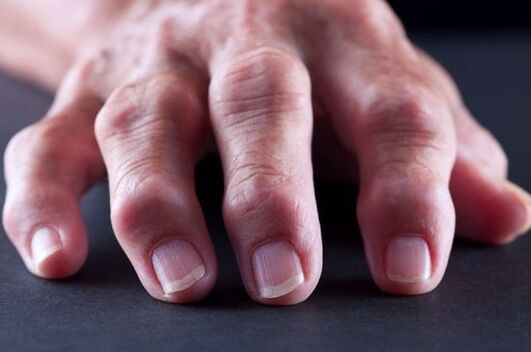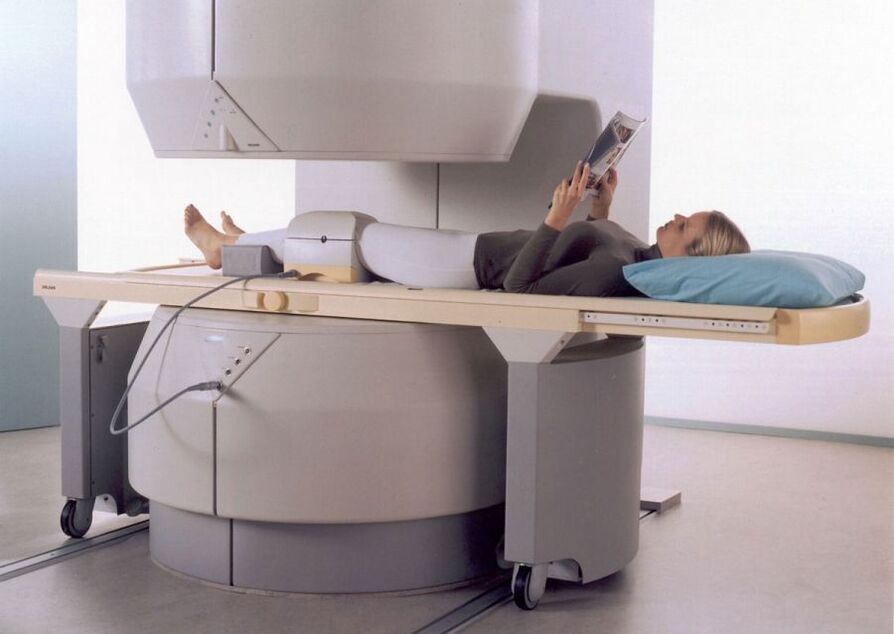What are arthritis and joint disease, and how are they different?
Arthritis is an inflammatory pathology located in the joints. This is the difference between arthritis and joint disease. Inflammation can occur due to joint infection, injury, and degenerative changes in tissue. Like arthropathy, arthritis is characterized by joint pain that worsens with movement.
logo

diagnosis

- X-rays of problem areas;
- Magnetic resonance imaging;
- CT examination;
- Radioactive isotope scan.
treat
- Long-term use of the drug is not recommended, even if no side effects occur during administration;
- NSAIDs are contraindicated in patients with gastrointestinal, liver, kidney, and heart disease;
- Do not increase the dosage of medication without your doctor's permission, as adverse reactions may occur due to personal allergies;
- When taking medicine, it should be taken with a large glass of water;
- When taking NSAIDs, it is prohibited to mix multiple drugs or drink alcoholic beverages;
- NSAIDs are contraindicated during pregnancy.
traditional treatment
prevention
- Treat all infectious diseases thoroughly, do not interrupt the course of treatment with antibacterial drugs, so as not to leave inflammation in the body;
- Maintain a balanced diet;
- Wear comfortable shoes that don’t restrict your feet;
- Get rid of excess weight that puts extra stress on your limbs;
- Don't let your feet get too cold, and be careful in wet weather and cold seasons;
- Protect yourself from injury by using specialized bandages, supports and elastic bandages when actively playing sports;
- Perform gymnastics every day, walk in the fresh air to activate blood circulation in the body, and when the first symptoms of arthritis or joints are noticed, perform special joint gymnastics - exercises for the hands, ankles, knees.



















